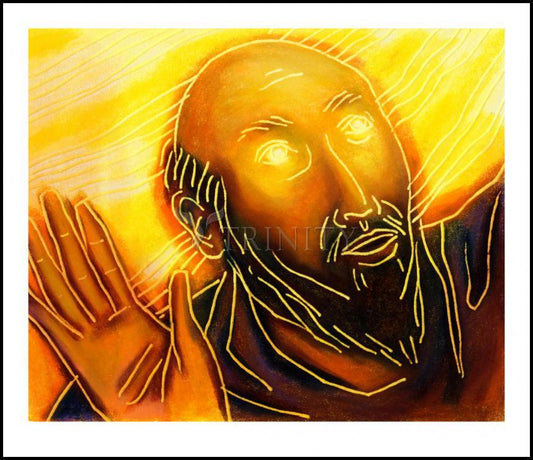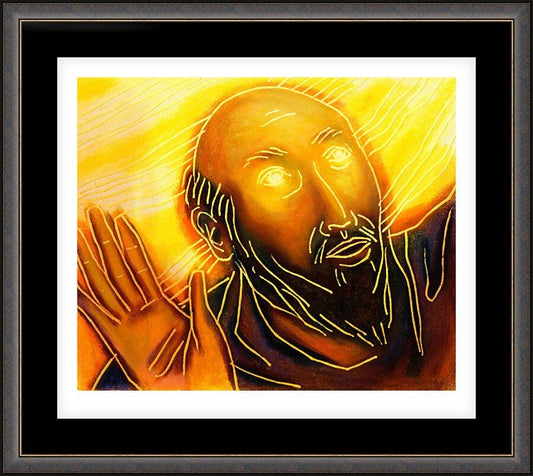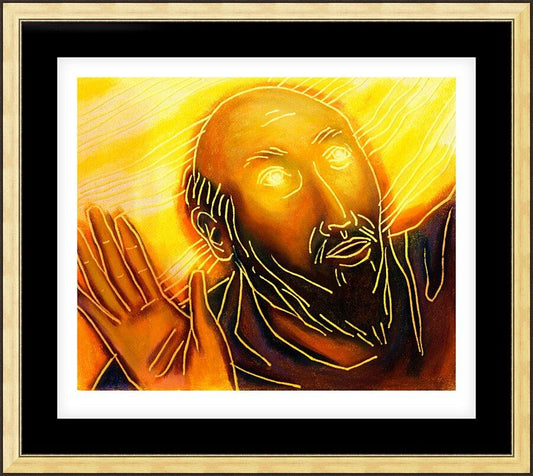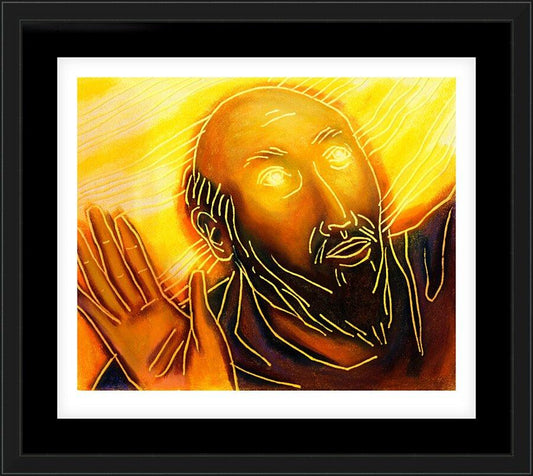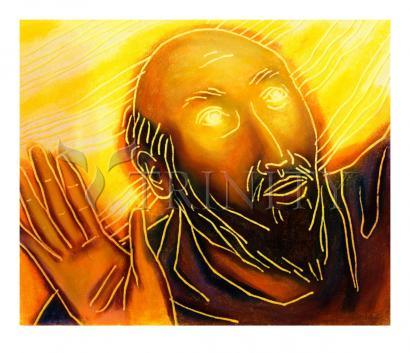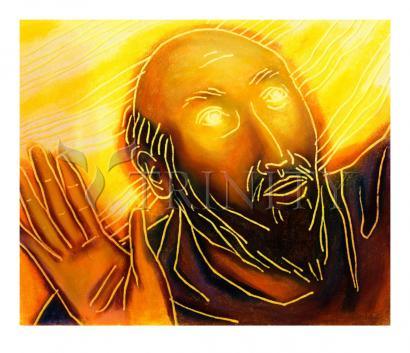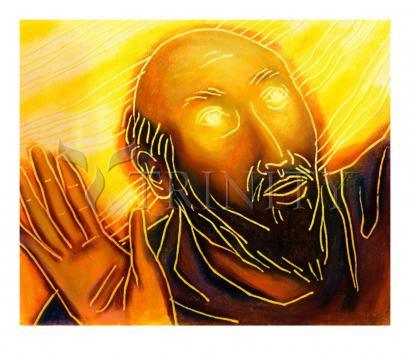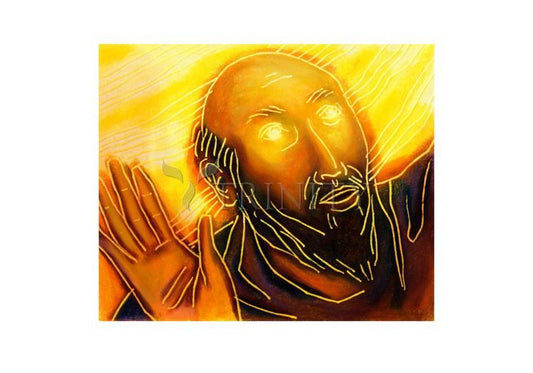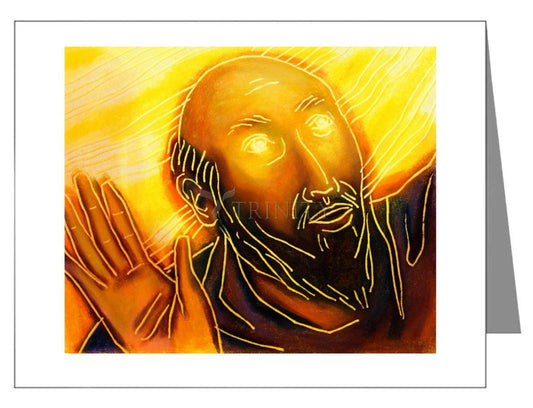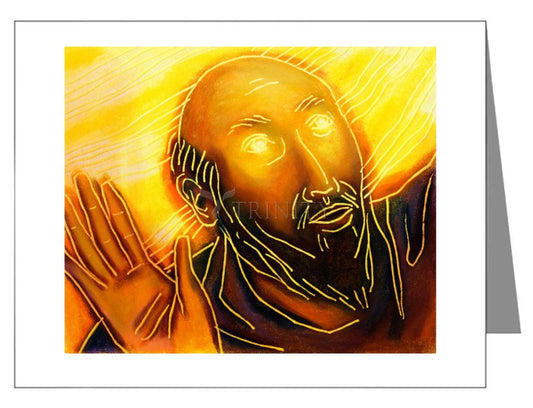St. Paul's background and journey of faith is somewhat different from St. Peter's. Paul, who was originally known as Saul, was an educated Jew and a member of the Pharisee party, as well as being a Roman citizen. He first appears in the pages of Scripture in Acts 7:58, as being present at the martyrdom of St. Stephen, the first of Jesus' followers to be put to death because of his faith in Jesus. Saul persecuted the Christians savagely, but was dramatically converted to the very One he had been persecuting after seeing Jesus in a vision (Acts 9:4). From that time on, Saul, who was now known as Paul, poured the same energy with which he persecuted Christ's followers into bringing the Gospel of Jesus to as many people as he could.
Paul traveled around most of what was the Roman Empire, establishing Christian communities and witnessing to the Risen Jesus, while asserting that he, too, was one of the Apostles, although "one born out of the normal course" (1 Corinthians 15:8). In his many letters to the various Christian communities he established (or those written by others with his approval), today, form the bulk of the writings of the New Testament. Paul was also martyred at Rome, three years after St. Peter, in the year 67 AD, by being beheaded (his Roman citizenship would not permit his being crucified). The feast commemorating his conversion is kept on January 25.
Born: c.3 as Saul at Tarsus, Cilicia (modern Turkey)
Died: Beheaded c.65 at Rome, Italy




